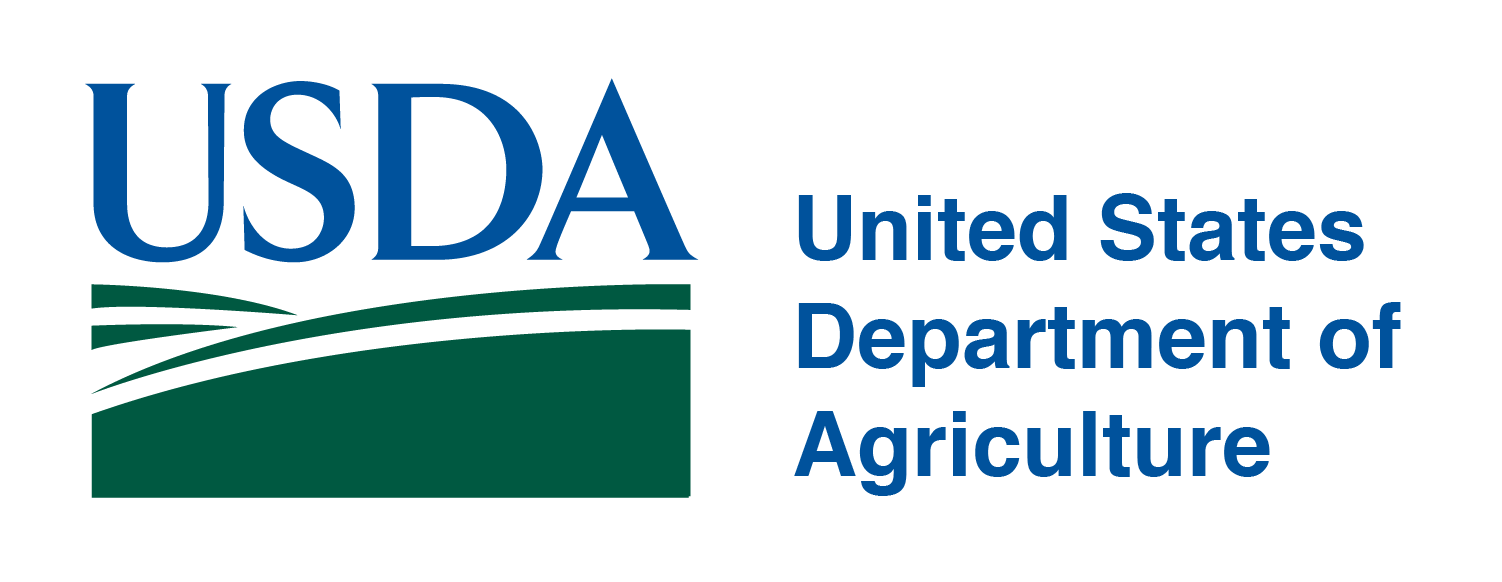- CMS: Medicare Program; Implementation of Prior Authorization for Select Services for the Wasteful and Inappropriate Services Reduction (WISeR) Model
- Public Inspection: CMS: Medicare Program: Implementation of Prior Authorization for Select Services for the Wasteful and Inappropriate Services Reduction Model
- CMS: Secretarial Comments on the CBE's (Battelle Memorial Institute) 2024 Activities: Report to Congress and the Secretary of the Department of Health and Human Services
- HHS: Patient Protection and Affordable Care Act: Marketplace Integrity and Affordability
- HRSA Announces Action to Lower Out-of-Pocket Costs for Life-Saving Medications at Health Centers Nationwide
- Public Inspection: HHS: Patient Protection and Affordable Care Act: Marketplace Integrity and Affordability
- Increased Risk of Cyber Threats Against Healthcare and Public Health Sector
- Eight Hospitals Selected for First Cohort of Rural Hospital Stabilization Program
- Announcing the 2030 Census Disclosure Avoidance Research Program
- CMS: Medicare Program; Hospital Inpatient Prospective Payment Systems for Acute Care Hospitals and the Long-Term Care Hospital Prospective Payment System and Policy Changes and Fiscal Year 2026 Rates; Requirements for Quality Programs; and Other Policy Changes; Correction
- CMS: Medicare Program; Hospital Inpatient Prospective Payment Systems for Acute Care Hospitals and the Long-Term Care Hospital Prospective Payment System and Policy Changes and Fiscal Year 2026 Rates; Requirements for Quality Programs; and Other Policy Changes; Correction
- CMS: Medicare and Medicaid Programs; Contract Year 2026 Policy and Technical Changes to the Medicare Advantage Program, Medicare Prescription Drug Benefit Program, Medicare Cost Plan Program, and Programs of All-Inclusive Care for the Elderly; Correction
- CMS: Medicare and Medicaid Programs; Contract Year 2026 Policy and Technical Changes to the Medicare Advantage Program, Medicare Prescription Drug Benefit Program, Medicare Cost Plan Program, and Programs of All-Inclusive Care for the Elderly; Correction
- CMS: Medicare Program; Prospective Payment System and Consolidated Billing for Skilled Nursing Facilities; Updates to the Quality Reporting Program for Federal Fiscal Year 2026
- CMS: Medicare Program; FY 2026 Hospice Wage Index and Payment Rate Update and Hospice Quality Reporting Program Requirements
CDC Office of Rural Health Releases Inaugural Rural Health Plan

The CDC Office of Rural Health has released its inaugural Rural Public Health Strategic Plan to protect and improve the health of America’s rural communities.
This plan outlines key priorities that provide a blueprint for CDC’s rural public health work for the next five years. Please take a look at the plan and share it with colleagues who work in rural public health and related areas.
Just Published! Trauma-Informed Care: The Role of Dental Hygienists
 Children and adults with a trauma history are more likely to have poor oral health and increased dental care-related fear and anxiety.
Children and adults with a trauma history are more likely to have poor oral health and increased dental care-related fear and anxiety.
An article from the CareQuest Institute for Oral Health was recently published in the Journal of Dental Hygiene. “Trauma-Informed Care in Oral Health Care: The Role of Dental Hygienists,” examines the critical role of dental hygienists to ensure patients feel heard and make them feel comfortable enough to return for regular dental care.
Health Policy Institute Publishes Dental Education Map
The American Dental Association Health Policy Institute (HPI) developed a map based on data from the Commission on Dental Accreditation’s 2022-2023 Survey of Dental Education. The map includes profile information of each accredited DDS/DMD program in the United States.
NRHA Releases Election Year Rural Health Advocacy Toolkit

NRHA recently released an advocacy toolkit on how to prioritize rural health advocacy during an election year amidst changes in local and federal congressional offices. Additionally, NRHA Chief Policy Officer Carrie Cochran-McClain recently appeared on Michelle Rathman’s Rural Impact podcast to discuss top-of-mind rural health policy issues.
ARC Funds Projects to Advance Appalachia

At the Appalachian Regional Commission’s 2024 annual conference, Advancing Appalachia, Federal Co-Chair Gayle Manchin announced the latest round of investments in multi-state projects through our Appalachian Regional Initiative for Stronger Economies (ARISE): $16.9M to five projects in 10 states.
These projects will benefit at least 270 counties and bring together 60 regional partners — including one of Appalachia’s federally recognized Tribal Communities, the Seneca Nation of Indians. Check out each new investment below! 🌄
$8M to Save the Children Federation to grow the childcare and early education workforce 🏫
$4.5M to the Beneficial Electrification League to modernize electricty infrastructure 💡
$3.9M to the Appalachian Investors Alliance to establish funds for small businesses 🏦
$500K to Carnegie Mellon University to develop job skills matching and career support 💼
$72,219 to the Pennsylvania Environmental Council to boost outdoor tourism 🏞️
USDA Designates Two Pennsylvania Counties as Natural Disaster Areas

On September 9, 2024, Secretary of Agriculture Tom Vilsack notified the Pennsylvania Governor Josh Shapiro of two disaster areas.
As Sec. Vilsack noted, in accordance with 7 CFR 759.5(a), two Pennsylvania counties are designated as primary natural disaster areas due to a recent drought. According to the U.S. Drought Monitor, these counties suffered from a drought intensity value during the growing season of 1) D2 Drought-Severe for 8 or more consecutive weeks or 2) D3 Drought-Extreme or D4 Drought-Exceptional.
A Secretarial disaster designation makes farm operators in primary counties and those counties contiguous to such primary counties eligible to be considered for Farm Service Agency (FSA) emergency loan assistance, provided eligibility requirements are met. Farmers in eligible counties have 8 months from the date of a Secretarial disaster declaration to apply for emergency loans. FSA considers each emergency loan application on its own merits, taking into account the extent of production losses on the farm and the security and repayment ability of the operator.
The affected counties are:
- Fayette
- Westmoreland
Contiguous Counties:
- Allegheny
- Butler
- Greene
- Somerset
- Armstrong
- Cambria
- Indiana
- Washington
Local FSA offices can provide affected farmers with further information.
Pennsylvania Attorney General Backs Surgeon General’s Warning on Social Media to Protect Kids’ Mental Health
Attorney General Michelle Henry has joined a coalition of 42 state Attorneys General urging Congress to require a Surgeon General’s warning on social media platforms that have proven to be addictive and harmful to children. Read more.
Feds Strengthen Mental Health Parity Rules for Insurers
The Biden Administration announced a historic final rule that will ensure mental health care coverage for 175 million Americans is on par with their physical health care coverage. The final rule strengthens consumer protections by reinforcing MHPAEA’s fundamental purpose that all Americans should have the same access to mental health and substance use benefits as they do physical health benefits. And it will help lower families’ health care costs by making it easier to access mental health and substance use care and getting rid of barriers that keep people from getting the care they need, when they need it, for a price they can afford.
Increase Access to Care
Join other health centers to share challenges, successes, and promising practices for increasing access to care for migratory and seasonal agricultural workers (MSAWs). The National Center for Farmworker Health (NCFH) will provide guest speakers, tools, and resources to help you better identify and reach MSAWs — as well as properly capturing them in your Uniform Data System (UDS) reporting. Visit the registration page.
New Guidance for Processing Medicaid/CHIP Renewals
To ensure that individuals who are eligible for Medicaid or the Children’s Health Insurance program (CHIP) retain coverage, and to assist states in their continued transition to regular renewal processing, the Centers for Medicare & Medicaid Services (CMS) is providing states additional time to complete eligibility renewals, address persistent backlogs in processing redeterminations, and ensure that states achieve compliance with federal renewal timeliness requirements. This Informational Bulletin outlines the duration and conditions under which states may use an exception in the regulations to delay timely processing of renewals in “unusual circumstances” through Dec. 31, 2025. The Medicaid continuous enrollment provision, which had halted Medicaid disenrollments during the public health emergency, ended on March 31, 2023, and since that time, over 25 million Medicaid enrollees have been disenrolled and over 54 million have had their coverage renewed.
